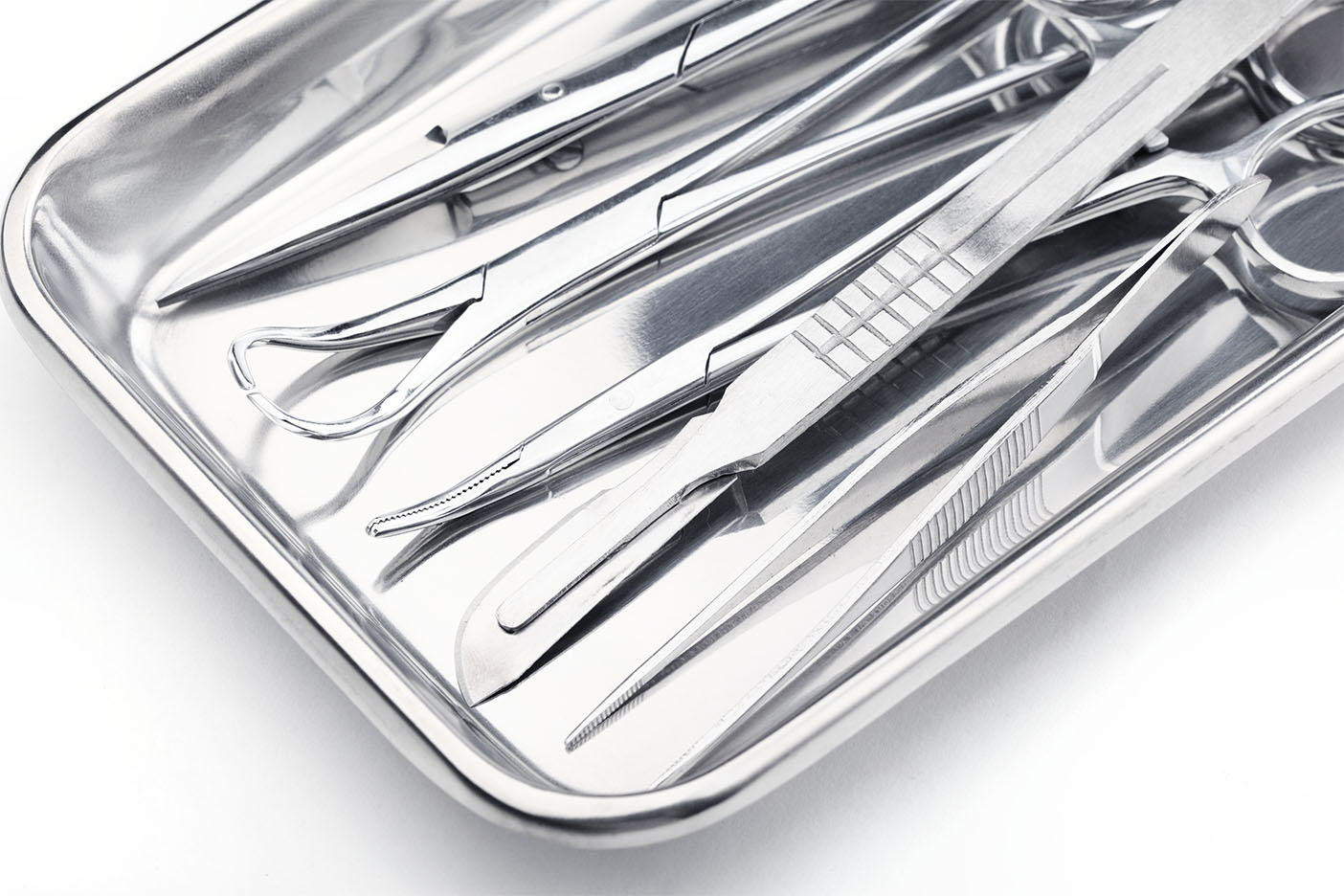Using High Foam Detergent in an Automated Ultrasonic Cleaning Line
Q. Can we use high-foaming detergents in an automated cleaning line?
A. Yes, but using a high-foam detergent requires a rinse chamber that allows foam to rinse off and drain easily and completely. If the automated line uses initial spray rinsing right after the wash tank
Cleaning Silicone Grease Residue Build Up in a Parts Washer
Q. Our parts washer uses a 2.5 hour cycle following a manual wash. A build up of silicone grease is observed. Our preference is to reduce manual cleaning. Is there a cleaning agent available that can remove silicone grease that would be compatible with a parts washer using water as the cleaning agent?
Monitoring Bath Life Extension in Medical Device Cleaning
Q. What is the best way to monitor for bath life extension?
A.To avoid potential for cross contamination, only freshly made up cleaning solutions should be used for the highest levels of critical cleaning. In general, a pH change of 1 unit towards neutral indicates an exhausted cleaning solution. Bath life can be extended. Learn How.
Risk Based Limits and Pharmaceutical Cleaning
Q. We are moving from LD50 data to ADE (PDE) limits based on HBELs. This is allowing us to eliminate disposables for low-risk products. How do I know which can be manually cleaned and which needs to be in a washer? Can manual cleaning be validated?
A. Many pharma and biotech companies have been moving to Health-Based Exposure Limits (HBELs) meaning Acceptable Daily Exposure (ADE) or Permitted Daily Exposure (PDE) limits as detergent residue limits.
Biocompatibility Testing for Pyrogens
Your detergents have corresponding biocompatibility data. Our medical devices must be pyrogen and endotoxin free. Someone mentioned that biocompatibility tested detergents, like yours, will be free of organic residues like endotoxins and pyrogens. Is this true?




